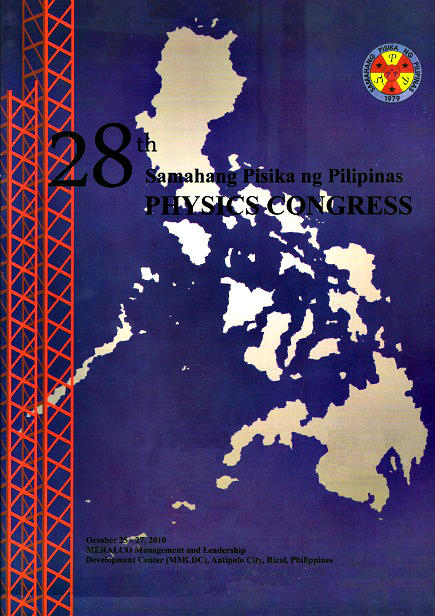Topology of surrounding concepts in frames: A complex network approach
Abstract
Using complex networks tools, the work provides analysis of how the news media have reflected the variety of frames used by interest and policy groups when discussing population policies in the Philippines. This study is different from existing linguistic networks approach to framing since an inductive method of automated text analysis is adapted, but guided by a set of frame labels. We take six existing (and competing) frame labels for the population issue (family planning, population control, population management, prolife, reproductive health, and responsible parenthood), each having been strategically crafted by interest groups, and analyze news texts to figure how each frame is represented in the media. The method of taking a central node or term and examining word associations by constructing semantic networks provide a manner of capturing linguistic information that is frame-relevant. This allows for a close examination of a small but vital part of a gargantuan word network structure (17,616 concepts with 4,061 unique ones) using frequency and co-occurrence weights, but without losing the terms that may appear only a few times.
Downloads
Issue
Strengthening physics research and education for a brighter tomorrow
25-27 October 2010, MERALCO Management and Leadership Development Center, Antipolo City











